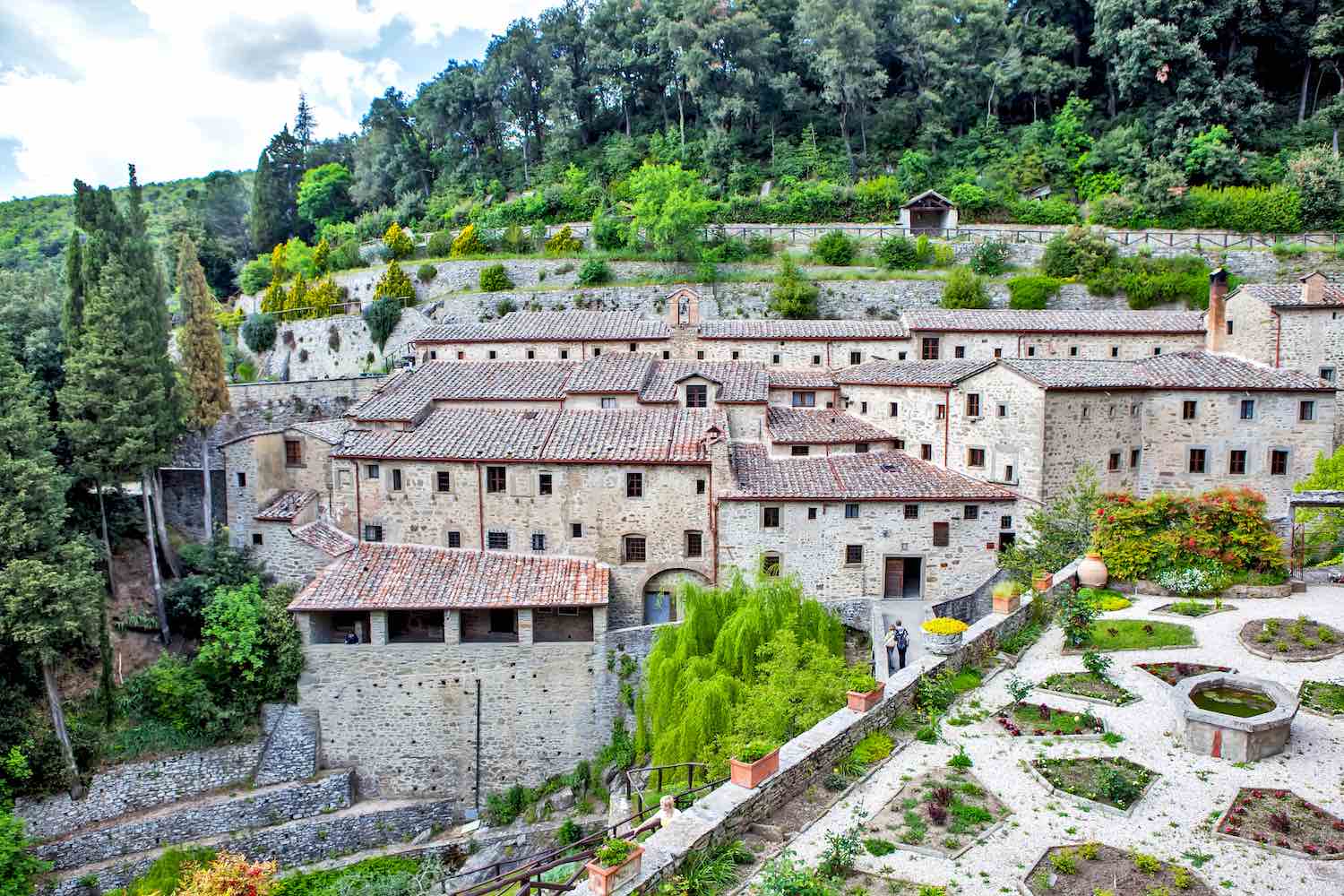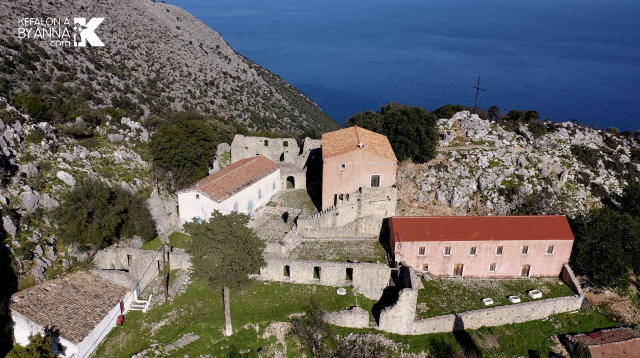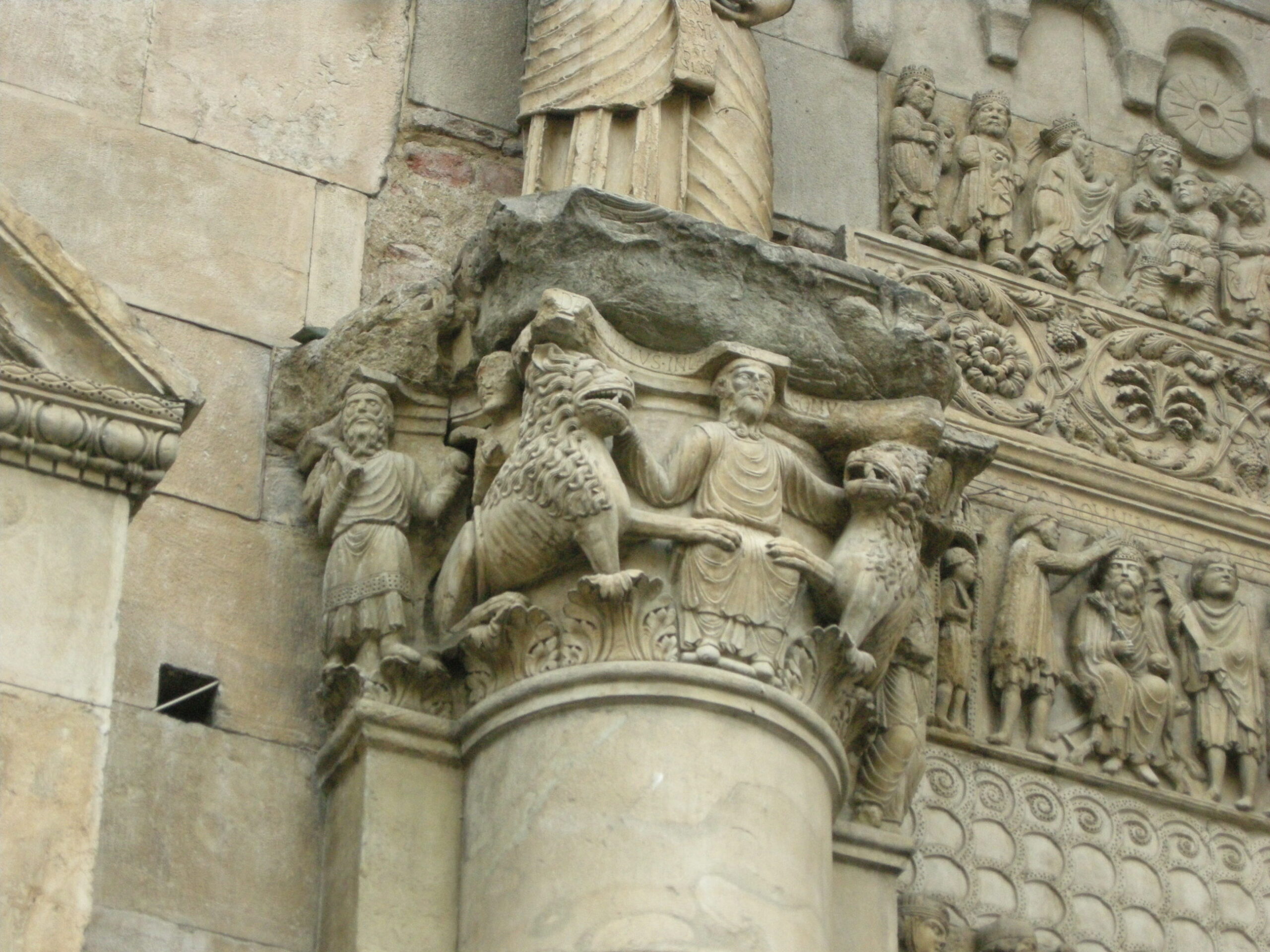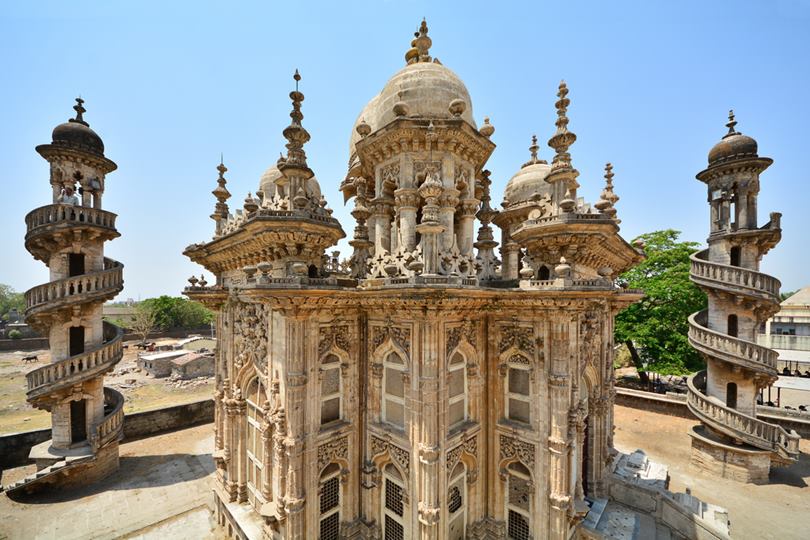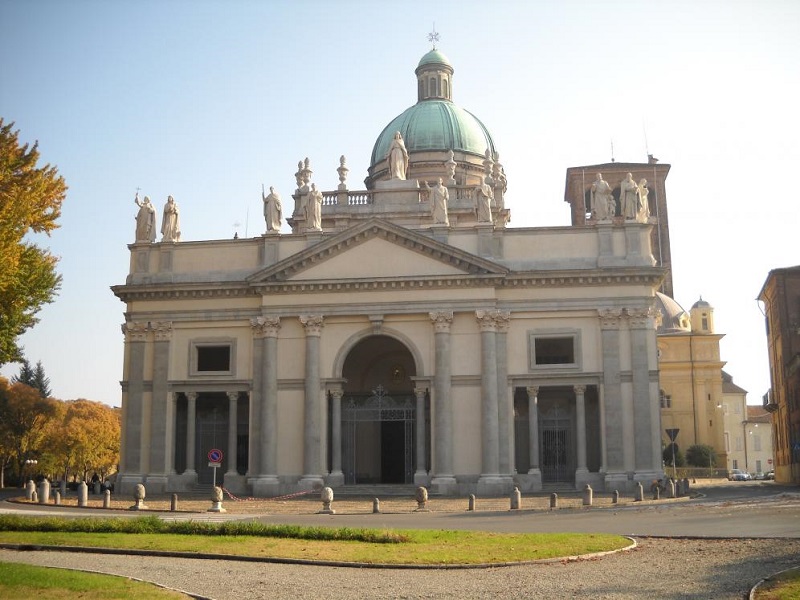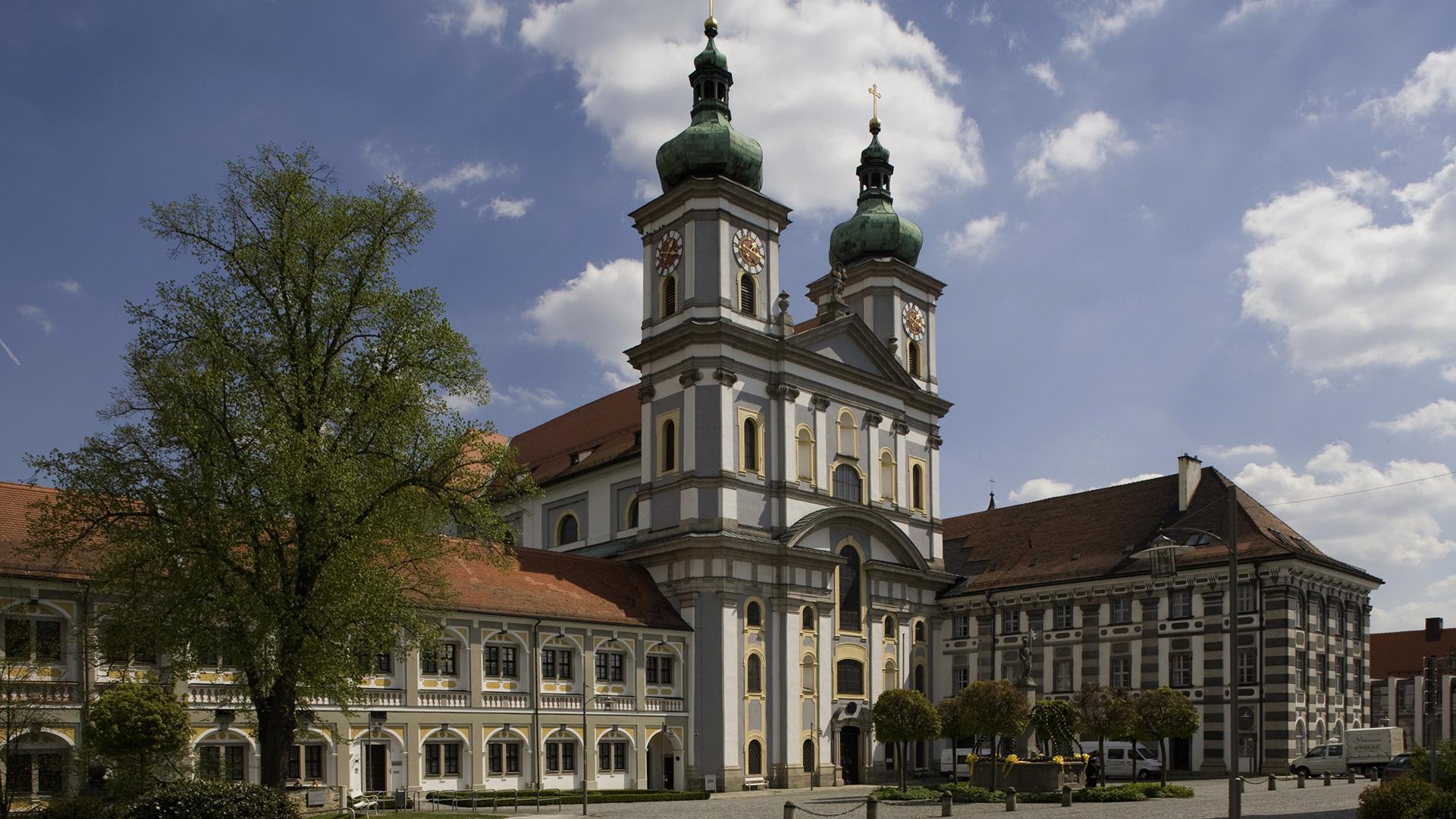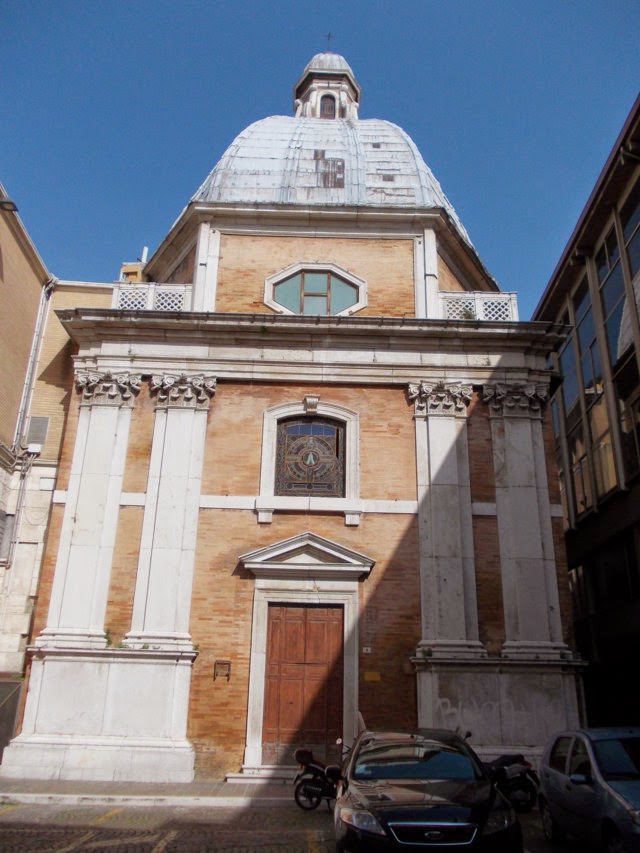The Convent of Le Celle is a sacred building located in Le Celle, in the town of Cortona, in the province of Arezzo.
The Franciscan settlement was founded in 1211 by the saint himself, who returned there in 1226 before dying, and it was deeply restored in 1969. The complex, built astride a narrow valley, is very suggestive for the amenity and spirituality of the place. The friars’ dwellings and the convent premises are arranged "in steps" on both sides of the valley.
The small 13th century church is outside the complex.
On the right is the chapel of San Felice da Cantalice, built by Margherita Venuti, known as "the Papess", in 1651; on the altar, the Madonna offering the Child to San Felice da Cantalice by Simone Pignoni.
In the refectory, a wooden Deposition by Giovanni da Rovezzano (1632).
Perched among the natural caves of Monte Sant’Egidio and is an isolated place in the middle of the woods, near a stream. The nature around it is stupendous and favours its silence and contemplation. The magnificent panorama that can be enjoyed is an excellent invitation to praise the Lord. The Hermitage is the first convent built by St. Francis of Assisi (1211) and was inhabited by him even after receiving the stigmata. In the valley below we find the small town of Cortona in the province of Arezzo. The complex is built in such a way as to follow the natural contours of the land. The cells and the other rooms of the Convent, in fact, are placed in steps on the slopes of the valley, while stone bridges connect the rooms. Among others, the Convent was visited by St. Anthony of Padua, Brother Elias, Blessed Guido and St. Bonaventure. Since 1537 it has been inhabited by the Capuchin Franciscan Friars who chose it, until 1988, as a place of novitiate for young people wishing to follow in the footsteps of St. Francis. Still today it is possible to visit the small cell of Saint Francis and the oratory of his first companions. Friar Elia, by mandate of Pope Gregory IX, who had sanctified St. Francis a year and a half after his death, prepared the solemn tomb enriched by the two basilicas above. Brother Elias built a small oratory with the stones of the caves, used as an ancient dormitory for the friars. He left intact the inhabited cell of St. Francis, building solid walls, above he built eight small rooms, where a bed, a wall board for a table and a chair fit. This was the ideal Hermitage described and desired by St. Francis himself, as a contemplative expression of his order.
